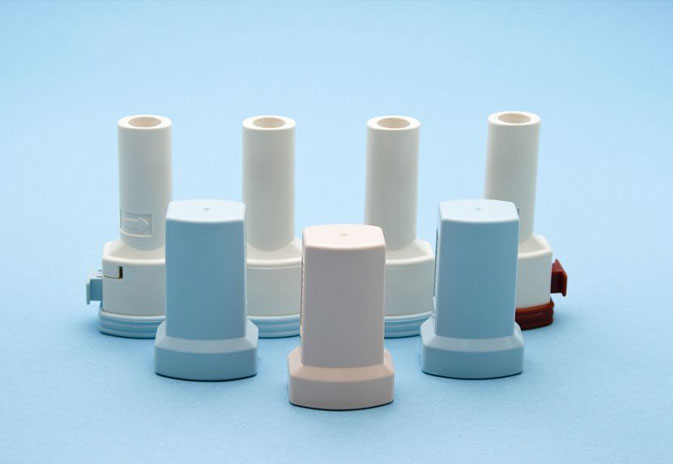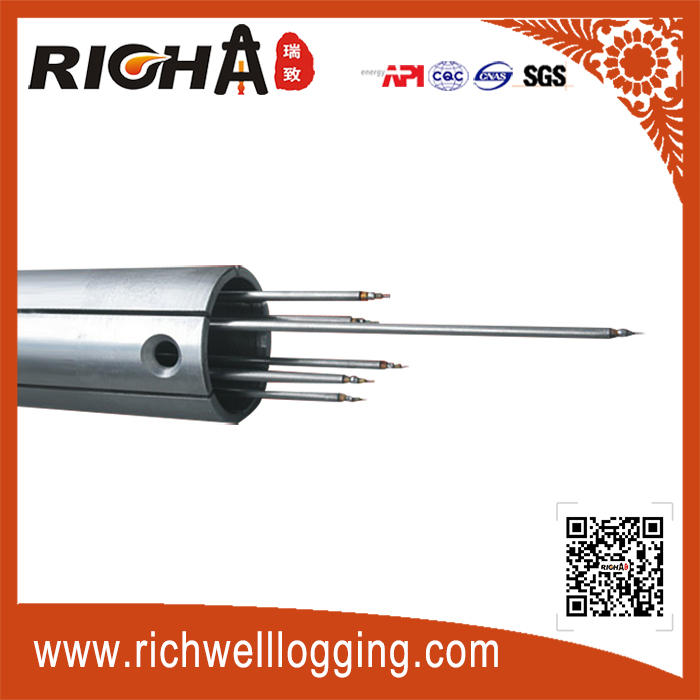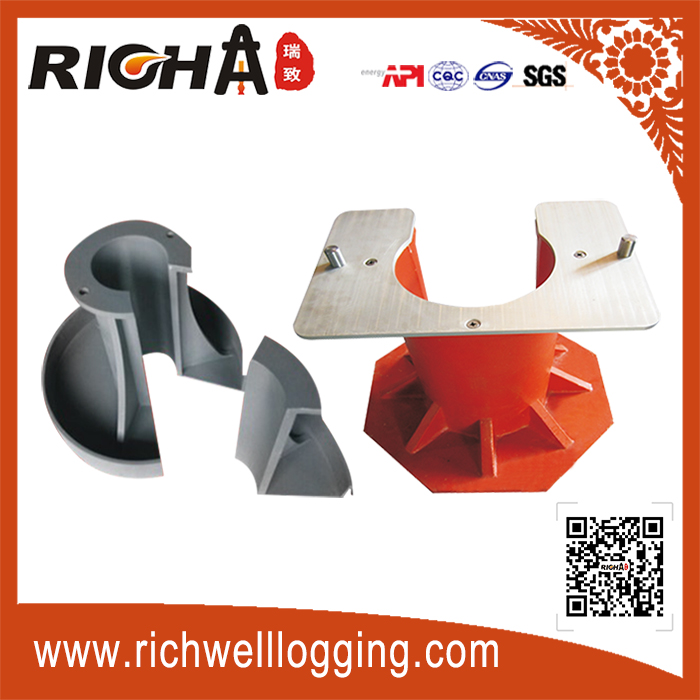Consultation Hotline:13629207777(WeChat Same Account)
Quality supervision:15229006666
After-sale service:029-86670108
Email:info@richwelllogging.com
Address:No. 388 Caotan 9th Road, Xi'an Economic and Technological Development Zone
Product Features of Vacuum Impregnated, Wound High-Temperature Pressure-Resistant Composite Insulation Pipes
Product Features of Vacuum Impregnated, Wound High-Temperature Pressure-Resistant Composite Insulation Pipes

The product adopts a vacuum impregnation process, where the entire procedure takes place under vacuum, ensuring a high density, excellent gas tightness, and superior electrical insulation properties.
The raw materials for the high-temperature, high-pressure insulation pipes used in petroleum logging instruments are all imported, ensuring high-quality performance and exceeding domestic industry standards.
The high-temperature rubber material is supplemented with nano anti-wear materials, which ensures that the surface of the insulation pipe remains undamaged during long-term contact with the wellbore, extending the normal service life of logging instruments.
Produced using high-temperature resistant rubber, the material shows no significant degradation at 240°C and 175°C, 140MPa conditions, ensuring it fully meets the required operational standards.
Manufactured with strong acid-resistant materials, the insulation ensures long-term use in high-temperature and acidic environments (such as H2S and SO2) without corrosion. These properties meet the needs of petroleum logging instruments and replace similar imported products.
The insulation material can withstand mechanical processing such as turning, milling, planing, grinding, drilling, and threading, without delaminating, chipping, cracking, or wrinkling. The surface roughness meets technical specifications.
- China National Petroleum Corporation Maintains Stable Operations in the First Half of 2020
- Downhole Fiber Optic Sensing AUT-F100 for Oil and Gas
- Drilling Fluid Drilling: A Critical Step in Oil and Gas Exploration
- Testing of Composite Insulators in Operation
- Criteria for Evaluating the Quality of Insulators











